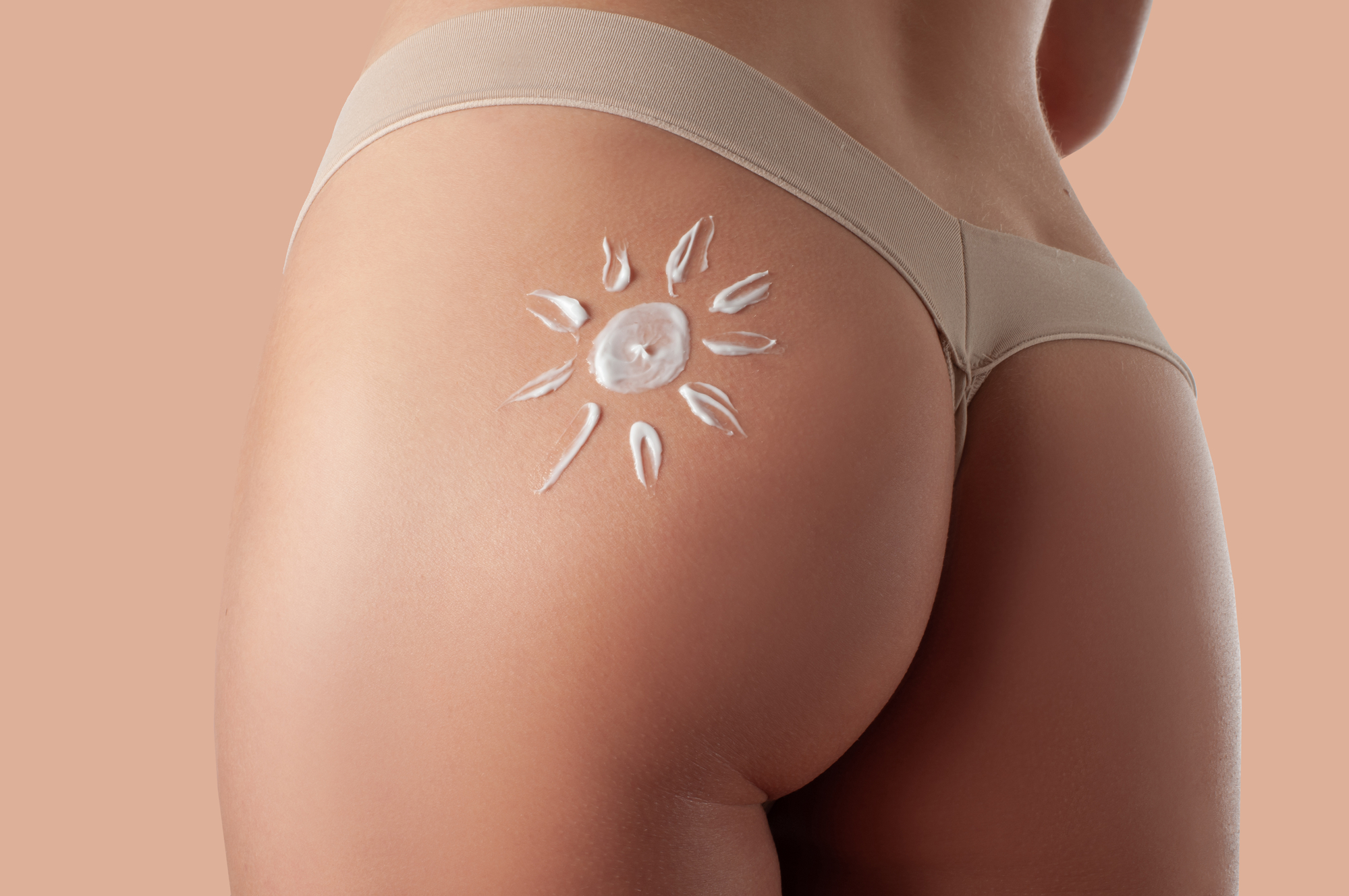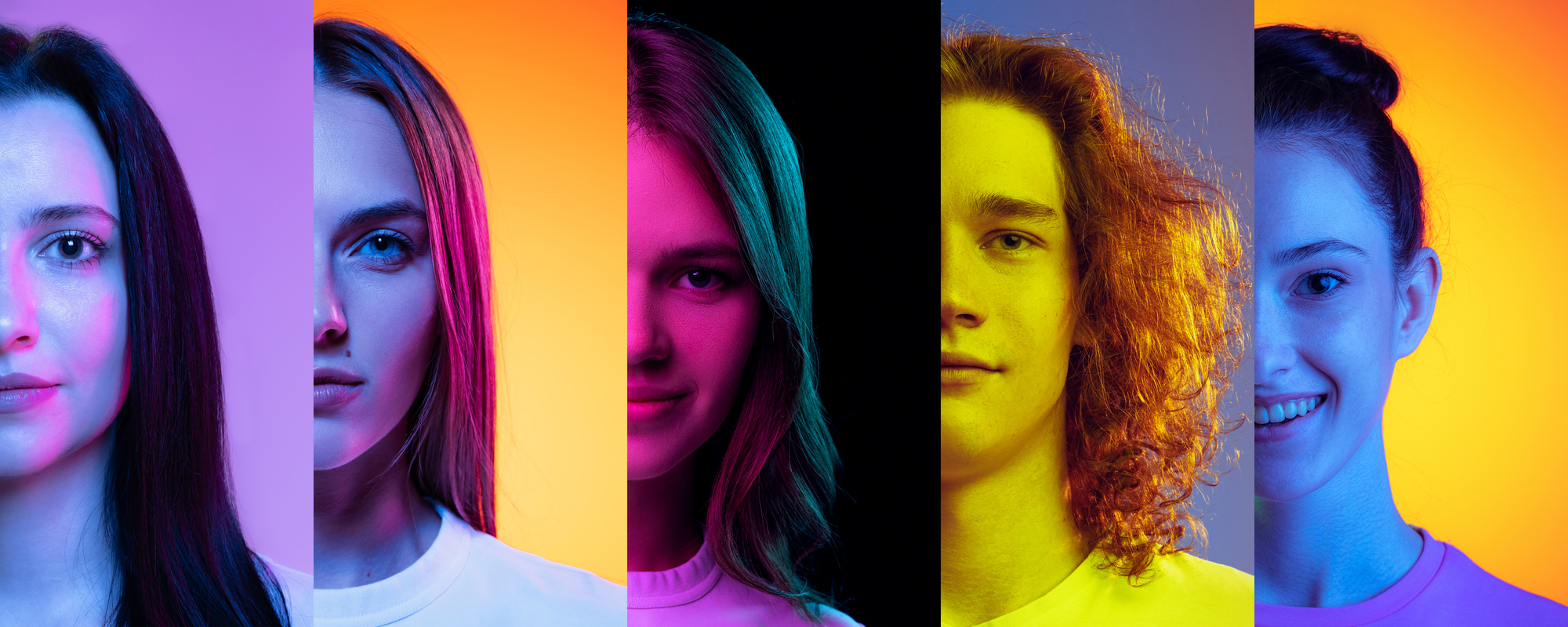When it comes to sun protection, choosing the right sunscreen can make a significant difference in safeguarding your skin from harmful UV rays. With various options available, it’s essential to understand the different types of sun protection creams and what ingredients to avoid to ensure optimal protection and skin health.
Types of Sun Protection Creams
1. Chemical Sunscreens
Chemical sunscreens contain organic (carbon-based) compounds that absorb UV radiation and transform it into heat, which is then released from the skin. Common ingredients include oxybenzone, avobenzone, octisalate, octocrylene, homosalate, and octinoxate. These sunscreens tend to be more lightweight and less visible on the skin, making them popular for daily use.
Pros:
– Absorb quickly into the skin.
– Often found in various formulations (lotions, sprays, gels).
– Typically do not leave a white residue.
Cons:
– Can cause skin irritation in sensitive individuals.
– Some ingredients may be harmful to coral reefs.
2. Physical (Mineral) Sunscreens
Physical sunscreens, also known as mineral sunscreens, use natural minerals like zinc oxide or titanium dioxide to create a barrier that reflects and scatters UV radiation. These are often recommended for people with sensitive skin or those looking for a more natural option.
Pros:
– Less likely to cause skin irritation.
– Provide immediate protection upon application.
– Generally safe for coral reefs and marine life.
Cons:
– Can leave a white or chalky residue on the skin.
– May be thicker and harder to spread.
3. Broad-Spectrum Sunscreens
Broad-spectrum sunscreens protect against both UVA and UVB rays. UVA rays can prematurely age your skin, causing wrinkles and age spots, while UVB rays can burn your skin. Broad-spectrum protection is crucial for comprehensive sun defense.
Pros:
– Provides all-around protection from different types of UV radiation.
– Reduces risk of skin cancer and premature aging.
Cons:
– Can be more expensive than regular sunscreens.
4. Water-Resistant Sunscreens
These sunscreens are formulated to remain effective for a certain amount of time while swimming or sweating. They come in both chemical and physical forms and are essential for outdoor activities and sports.
Pros:
– Long-lasting protection during water activities or heavy sweating.
– Reduces the need for frequent reapplication.
Cons:
– Must reapply after a certain period (usually 40 or 80 minutes).
– Can still wash off eventually, requiring reapplication.
What to Avoid in Sun Protection Creams
1. Oxybenzone and Octinoxate
These chemical filters are effective at absorbing UV light but have been shown to cause skin allergies and hormone disruption in some individuals. They are also harmful to coral reefs and marine life, leading to bans in some areas like Hawaii and Key West.
2. Retinyl Palmitate
A form of vitamin A, retinyl palmitate can break down under sunlight, potentially producing harmful free radicals that can damage skin cells. It’s best to avoid sunscreens containing this ingredient, especially for prolonged sun exposure.
3. Fragrances and Parabens
Fragrances can cause skin irritation and allergic reactions, while parabens, used as preservatives, have been linked to hormone disruption. Opt for fragrance-free and paraben-free options, particularly if you have sensitive skin.
4. High SPF Numbers
While it might seem that a higher SPF number (such as SPF 100) offers significantly more protection, the increase is marginal compared to SPF 30 or 50. High SPF numbers can also create a false sense of security, leading to less frequent reapplication and increased risk of sun damage.
Conclusion
Choosing the right sun protection cream involves understanding the different types available and being aware of harmful ingredients. Whether you prefer chemical or physical sunscreens, ensuring broad-spectrum protection and avoiding harmful additives can help keep your skin safe and healthy. Always remember to reapply sunscreen regularly, especially after swimming or sweating, and complement your sun protection routine with additional measures like wearing hats and seeking shade during peak sun hours.










